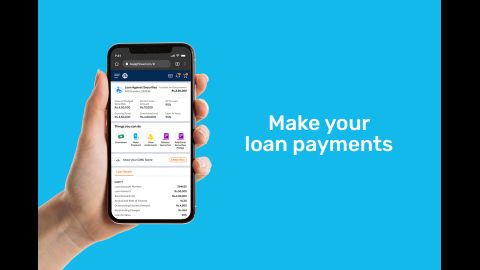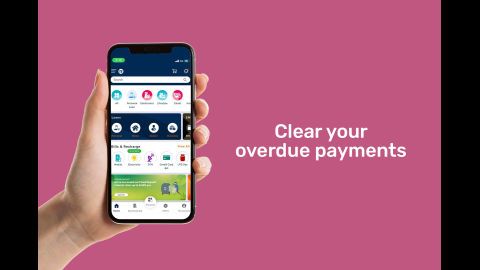Equated monthly instalment (EMI) is the primary method of repaying a credit instrument, such as a personal loan. It refers to a predetermined fixed payment made by borrowers to lenders on a specified date each month. Usually, each EMI includes both the principal and interest components, making it easier for borrowers to pay off their loans gradually over the repayment tenure.
If you find yourself with surplus funds during your loan tenure, you have the option of making part-prepayments towards the loan. In case you have enough funds to completely pay off your loan, foreclosure is an option you can consider. Foreclosure involves settling the entire outstanding loan amount in one lump sum, allowing you to clear your debt before the loan term ends. This early repayment can be beneficial as it minimises the total interest payable and shortens the duration of the loan. You need to consider at what point in the tenure you’re foreclosing the loan so that the cost of foreclosing isn’t greater than the total payable interest.
What are the types of foreclosure?
Bank-initiated foreclosure:
- Triggered when a borrower frequently defaults on EMI payments.
- The lender may initiate legal proceedings to recover dues.
- Recovery includes the outstanding loan amount, penalties, and foreclosure charges.
Customer-initiated foreclosure:
- Occurs when a borrower voluntarily repays the entire loan early.
- Helps in becoming debt-free and saving on future interest costs.
- Considered financially beneficial when planned well.
- Must be done strategically to avoid high foreclosure charges or other penalties.
What are the factors to consider before choosing to foreclose your loan:
- Check the loan agreement
Assess the loan agreement thoroughly before opting for loan foreclosure. Pay close attention to the terms and conditions, and keep a lookout for any clauses related to foreclosure. Some lenders may have specific provisions that allow or restrict early repayment. It’s important to understand the implications of such terms. Bajaj Finance allows you to foreclose your loan at any point after you’ve paid your first EMI. - Check the foreclosure charges
One of the primary factors to consider before foreclosing your loan is the foreclosure charges imposed by the lender. Many financial institutions levy a foreclosure fee, which can be a percentage of the outstanding loan amount. Before making the decision, it is essential to calculate the total cost of foreclosure, including the charges, and assess if it is beneficial and financially feasible for you. - Evaluate the tenure of your loan
Evaluating the remaining loan tenure is a crucial step in the decision-making process of loan foreclosure. If there are only a few EMIs left, it may be better to stick to the regular payment schedule. Foreclosing the loan at this stage may not save much on interest, and the charges involved could outweigh the benefits. You need to carefully consider whether you’re paying more by foreclosing, or by paying the remaining EMIs. Weigh the pros and cons before making your decision to ensure it aligns with your financial goals.
To foreclose your existing loan with us, simply visit our service portal and proceed with the payment using our secure gateway.
How to foreclose your ongoing loan with Bajaj Finance:
- Click on the ‘Sign-in’ button on this page to visit our service portal
- Enter your registered mobile number and the OTP to sign in
- Verify your details by entering your date of birth and proceed.
- Choose the loan account you wish to close and enter the required details
- Select ‘Foreclosure’ from the payment options
- Review the applicable foreclosure charges and proceed with the payment
Bajaj Finance allows you to download your ‘No Dues Certificate’ within 24 hours of foreclosure.
You can also download our app from Play Store/ App Store and use our online payment services on the go.




